14 North America’s Most Dangerous Venomous Creatures
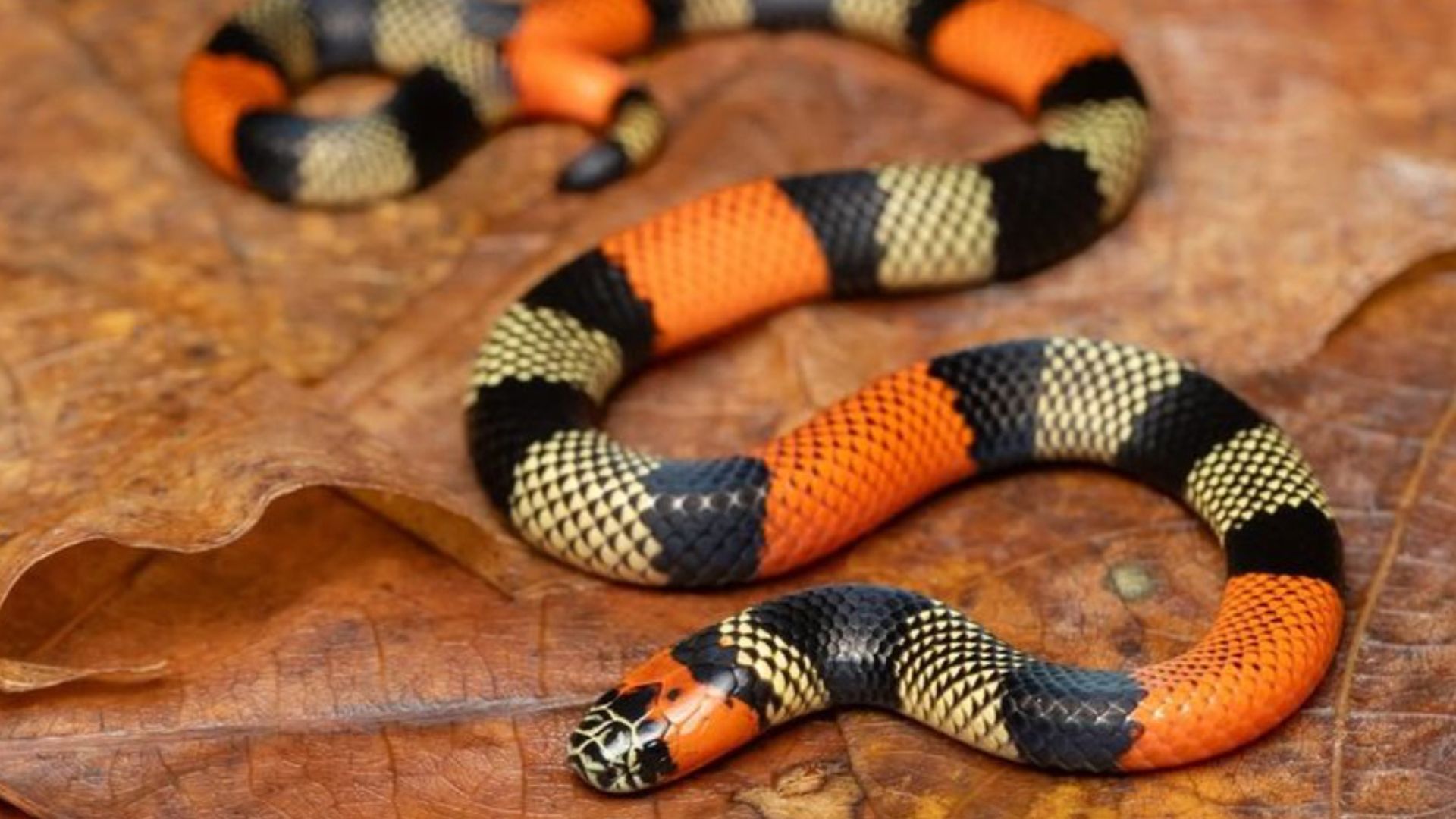
Nature is full of surprises, and some of them come with a sting – or a bite! North America is home to an incredible range of creatures, some of which rely on venom as a defense or hunting tool.
Whether slithering through the grass, lurking in the water, or crawling underfoot, these animals have evolved fascinating ways to protect themselves and catch their next meal. While most prefer to avoid humans, an accidental encounter can lead to an unpleasant experience.
From silent predators to tiny stingers, here’s a look at some of the continent’s most intriguing venomous wildlife.
1. Eastern Diamondback Rattlesnake
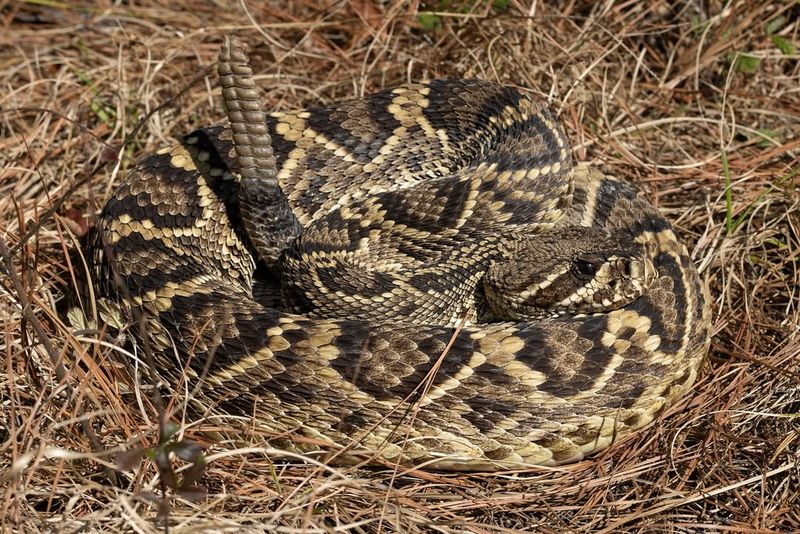
Slithering silently through the dense underbrush, the Eastern Diamondback Rattlesnake is a true marvel of North American wildlife. Known for its striking diamond-patterned skin, it’s not just a pretty face. This rattlesnake possesses a potent venom that demands respect from all who cross its path. Living primarily in the southeastern United States, it prefers the warm climates of Florida and South Carolina.
But what really sets this serpent apart is its defensive rattle—a warning signal that can chill even the bravest soul. When threatened, it shakes its tail with a sound reminiscent of a maraca. It’s nature’s way of saying, “Back off!” while adding a touch of rhythm to the wilderness. Despite its fearsome reputation, the Eastern Diamondback is not out to get you. It prefers to avoid conflict, relying on camouflage to stay hidden.
If you happen to stumble upon one, remember: admiration from afar is the best policy. With a bit of caution and respect, you can coexist peacefully with this dazzling yet dangerous creature.
2. Gila Monster
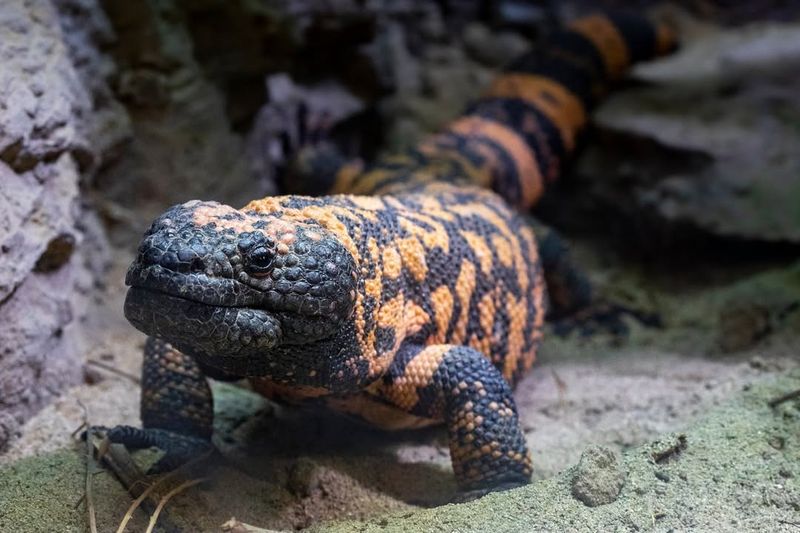
In the arid landscapes of the southwestern United States, the Gila Monster reigns supreme. This lizard, with its vibrant orange and black skin, looks like something out of a prehistoric dream. But don’t let its sluggish demeanor fool you; it holds a venomous bite that can make even the toughest desert wanderer shiver.
The Gila Monster prefers solitude, often seen lounging on warm rocks under the desert sun. It’s a creature that truly knows how to enjoy life’s simple pleasures. While it’s not prone to aggression, it can defend itself when necessary, delivering a venomous bite if provoked. Its venom, though not typically lethal to humans, demands respect.
Legend has it that the Gila Monster is a symbol of patience, moving with deliberate grace through its desert home. Those who encounter this striking reptile should consider themselves lucky. Just remember, a respectful distance is key to appreciating its unique beauty without any unfortunate consequences.
3. Cottonmouth (Water Moccasin)
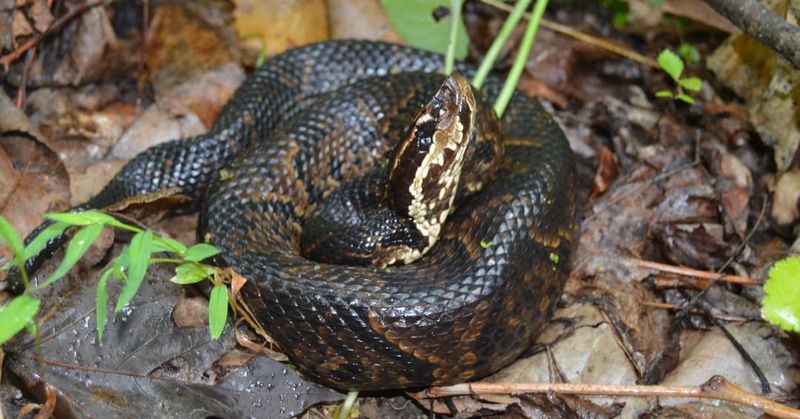
Gliding through the murky waters of the southeastern United States, the Cottonmouth, also known as the Water Moccasin, is a master of intrigue. With a menacing gape that reveals its cotton-white mouth, it sends a clear message to any would-be threats: this snake means business.
Fond of swamps, bayous, and slow-moving streams, the Cottonmouth is an adept swimmer. Its dark, muscular body can blend seamlessly with the surrounding water, rendering it nearly invisible to the untrained eye. When cornered, it showcases its infamous mouth—a defensive display that few would dare to challenge.
Despite its ominous appearance, the Cottonmouth prefers to steer clear of humans, opting for a quiet life among the reeds. Yet, its venomous bite, capable of causing serious harm, reminds us to tread lightly in its domain. So, if you find yourself wandering the wetlands, keep your eyes peeled and your distance respectful, lest you encounter this formidable aquatic serpent.
4. Arizona Bark Scorpion
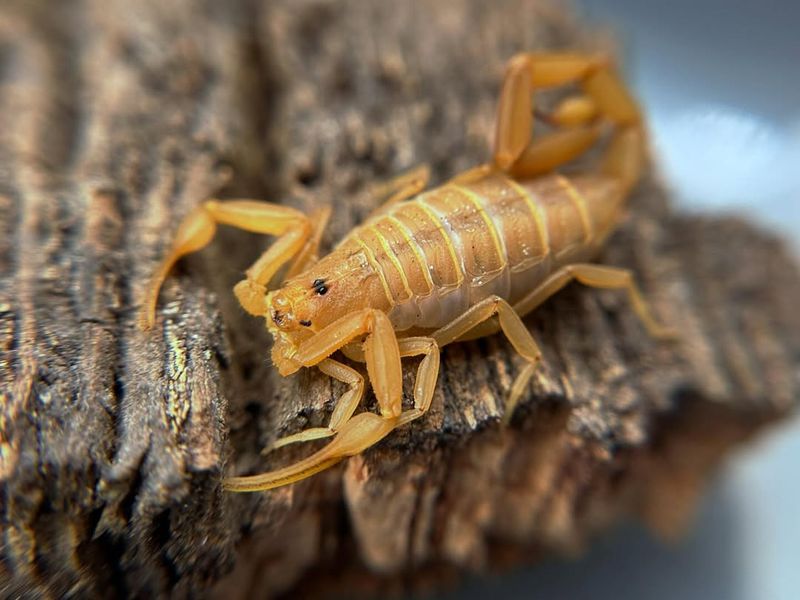
Beneath the rocky crevices and in the warm shadows of Arizona’s nights lies the small yet formidable Arizona Bark Scorpion. This creature doesn’t need size to make an impression; its venom does the talking, packing a punch that belies its diminutive stature.
By day, it hides in cooler spots to escape the desert heat, but by night, it becomes a ghostly hunter. Under ultraviolet light, its exoskeleton glows a stunning blue-green, a curious quirk that adds to its mystique. While its sting is rarely fatal to humans, it can cause significant pain and discomfort, a reminder that this scorpion is not to be trifled with.
For desert dwellers, avoiding this stealthy stinger is a lesson in vigilance. Shaking out shoes and keeping homes sealed can prevent unexpected encounters with this nocturnal predator. Though it may be small, the Arizona Bark Scorpion is a reminder of the desert’s hidden dangers and the importance of respecting those who thrive in such harsh environments.
5. Brown Recluse Spider
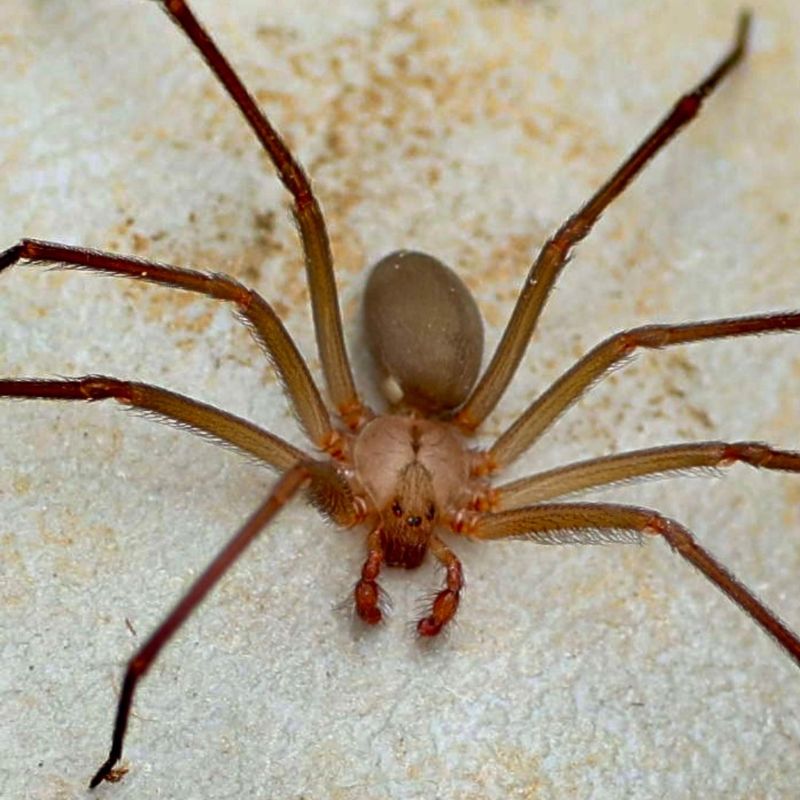
Hiding in the quiet corners of homes across the central and southern United States is the elusive Brown Recluse Spider. Known for its violin-shaped marking on the back, this spider is the epitome of “look but don’t touch.” Its venom can cause significant medical issues, making it both feared and misunderstood.
Preferring dark, undisturbed areas, the Brown Recluse often chooses basements, attics, and closets as its domains. Despite its fearsome reputation, it’s a shy creature, avoiding human interaction whenever possible. When disturbed, however, it can deliver a bite that requires medical attention, though fatalities are rare.
For homeowners, knowing the signs of a Brown Recluse infestation can save a lot of trouble. Regular cleaning and sealing cracks can keep these reclusive arachnids at bay. They may be small, but their presence is a reminder that sometimes the most dangerous creatures are the ones you least expect.
6. Black Widow Spider
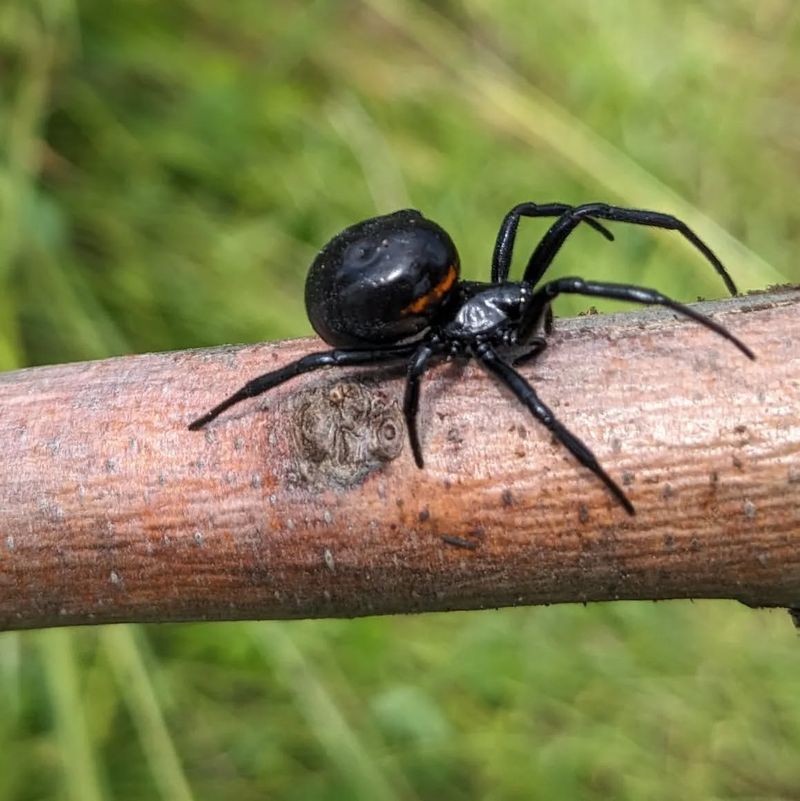
With a name that conjures images of danger, the Black Widow Spider is an infamous inhabitant of North America. Recognizable by its glossy black body and the iconic red hourglass marking, this spider is a symbol of both beauty and peril.
Found in dark, secluded areas, the Black Widow prefers to spin its web in places like garages and woodpiles. While it’s not prone to aggression, its venomous bite is something to be wary of, capable of causing significant discomfort and health issues. Yet, despite its notoriety, bites are rare and hardly ever fatal when treated promptly.
For those living in Black Widow territory, knowledge is power. Regularly inspecting and cleaning areas where these spiders might reside can prevent unwanted surprises. Though menacing in appearance, the Black Widow is a fascinating creature of resilience and precision, deserving of admiration from a safe distance.
7. Western Diamondback Rattlesnake
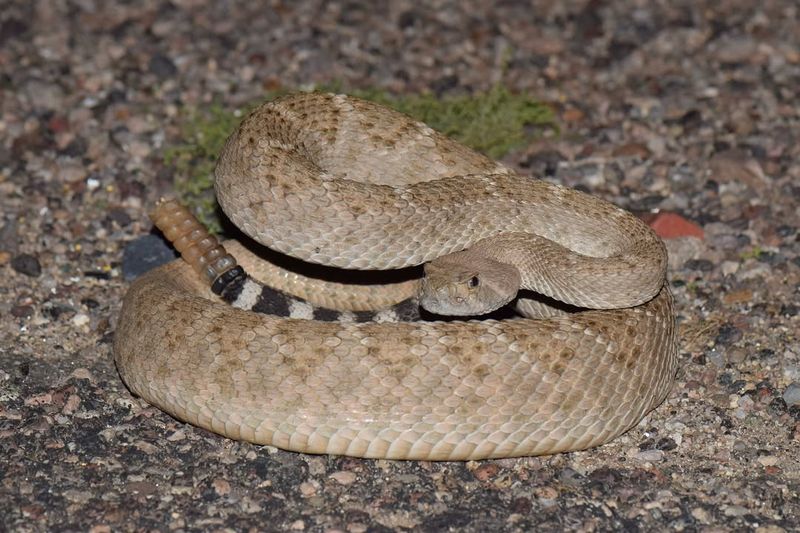
The Western Diamondback Rattlesnake, a true icon of the wild west, roams the arid regions of the United States. Its diamond-patterned scales shimmer like jewels under the sun, but this beauty comes with a warning rattle that demands respect.
Frequenting deserts and rocky terrains, this rattlesnake is an adept survivor. Its venom is a potent concoction that can incapacitate prey with stunning speed. When threatened, it employs its signature defensive tactic: a chilling rattle that warns intruders to keep their distance.
Despite its fearsome reputation, the Western Diamondback prefers avoiding confrontations, using camouflage and stealth to coexist peacefully with other desert dwellers. For those exploring its habitat, caution is the best companion. Observing these snakes from afar is a safe way to appreciate their role in the ecosystem without any unwanted encounters.
8. Coral Snake
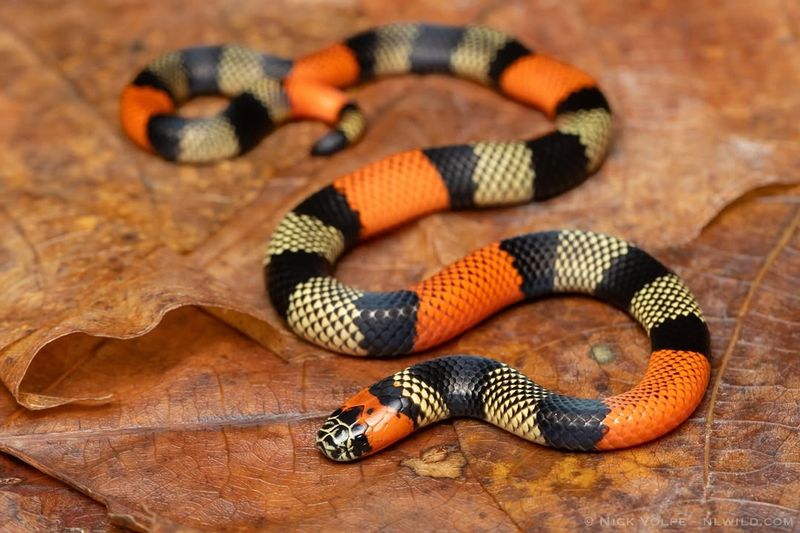
With a vivid display of red, yellow, and black bands, the Coral Snake is a colorful enigma slithering through the woodlands of the southern United States. Its striking appearance is a visual caution sign that this serpent is not to be messed with.
While its venom is potent enough to cause serious harm, bites are rare, as this snake is rather reclusive. It prefers to spend its time hidden under leaf litter or within logs, avoiding unnecessary attention.
For adventurers enjoying the great outdoors, learning to identify the Coral Snake is a smart move. Avoiding unnecessary interactions ensures both human and snake can continue their separate journeys undisturbed. Though small, the Coral Snake proves that sometimes the most vivid colors carry the most cautionary tales.
9. Red Imported Fire Ant
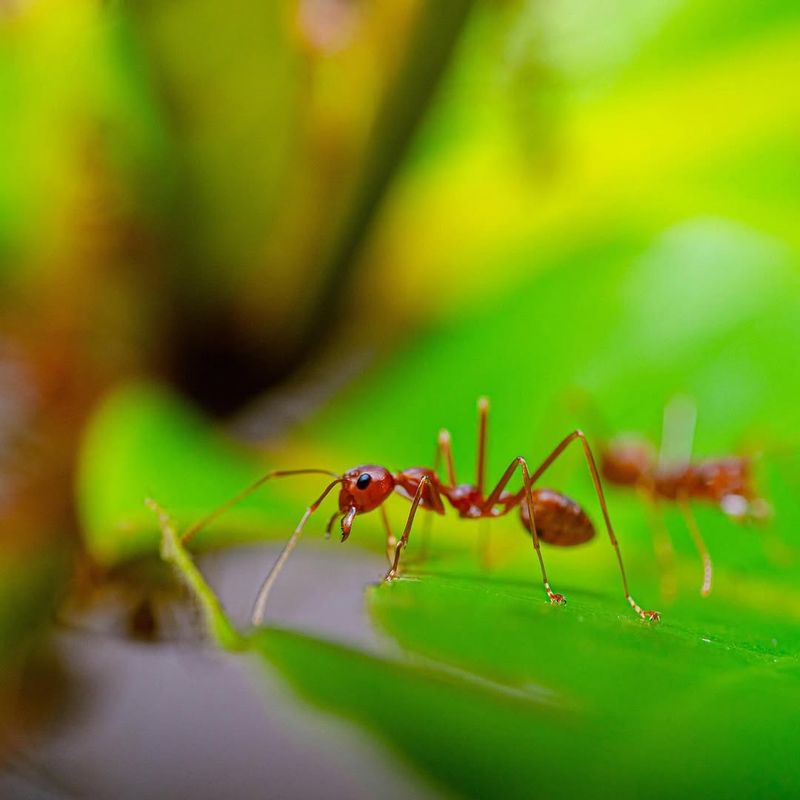
Though tiny in stature, the Red Imported Fire Ant makes up for its size with a fiery disposition. Found across the southern United States, these ants are known for their painful stings and aggressive nature, making them a force to be reckoned with in the insect world.
These ants are master architects, creating large mounds that can house thousands. Disturbing their nests can provoke a quick and coordinated defense, resulting in stings that burn and itch intensely. While not typically dangerous to healthy adults, those with allergies must steer clear of these fiery foes.
Managing fire ant populations is a challenge for those living in affected areas. Regular yard inspections and treatments can help keep these pests at bay. Though small, the Red Imported Fire Ant’s impact is mighty, reminding us to tread carefully in their territory lest we suffer their burning wrath.
10. Texas Coral Snake
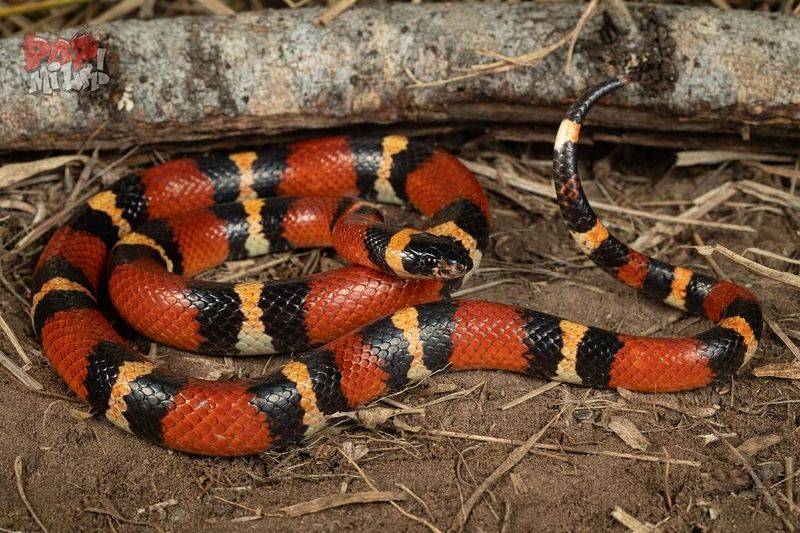
In the sun-dappled forests of Texas, the Texas Coral Snake weaves a colorful tapestry on the forest floor. Its red, yellow, and black bands are more than just a fashion statement—they’re a warning of the powerful neurotoxic venom it carries.
This elusive snake is often mistaken for its non-venomous counterparts, but a keen eye can tell the difference. Despite its potential danger, the Texas Coral Snake is shy, preferring to avoid human contact.
For those exploring Texas woodlands, knowing how to identify this snake is crucial. Keeping a safe distance ensures that both you and the snake can coexist peacefully. Though small in stature, the Texas Coral Snake is a vivid reminder of the wild beauty and hidden perils that nature holds.
11. Western Pygmy Rattlesnake
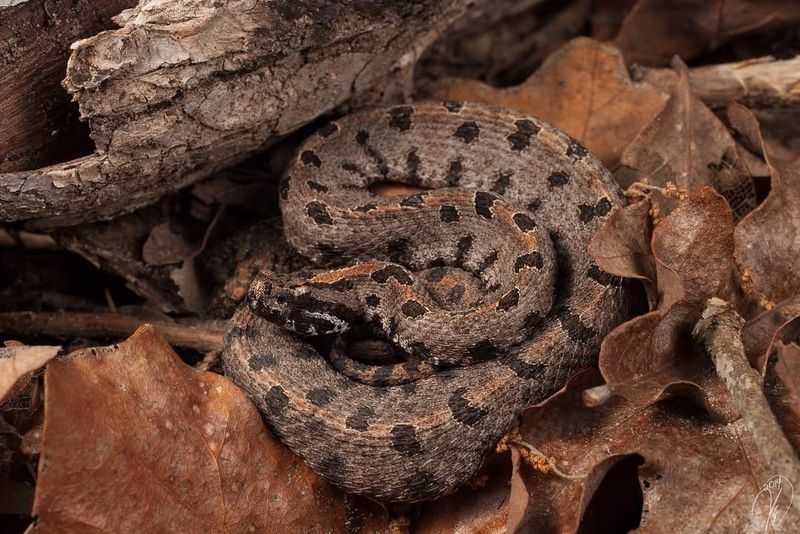
Don’t let the “pygmy” in its name fool you; the Western Pygmy Rattlesnake packs a punch that’s anything but small. Found in the southeastern United States, this snake is an expert at blending into its surroundings, making it a master of surprise.
Despite its small size, the Western Pygmy Rattlesnake wields venom capable of taking down prey and deterring potential threats. Its rattle may be tiny, but it’s a clear signal to keep a respectful distance. This snake prefers wetlands and forested areas, where it can slither unnoticed through leaf litter and foliage.
Encountering this snake requires a sharp eye and quick reflexes. For those who enjoy exploring the outdoors, knowing how to spot and avoid the Western Pygmy Rattlesnake adds an extra layer of safety to their adventures. Though small, this snake is a potent reminder that size isn’t everything when it comes to survival.
12. Mojave Rattlesnake
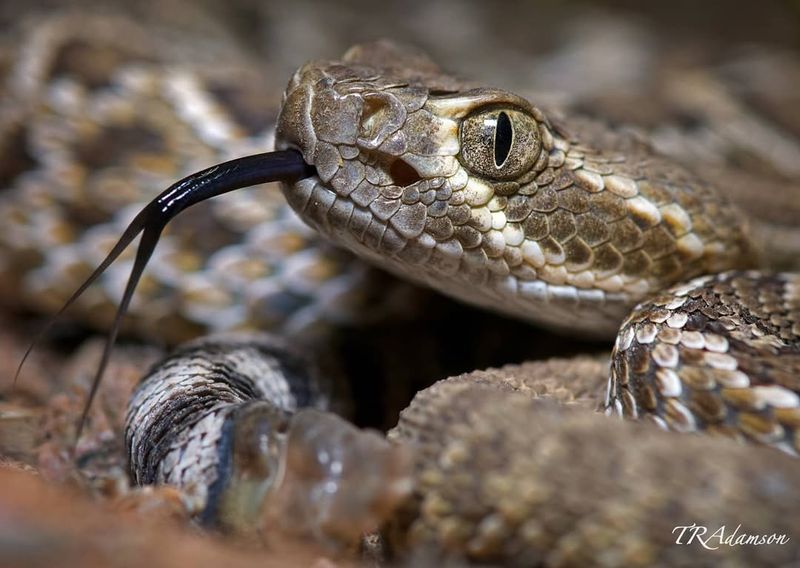
The Mojave Rattlesnake, with its greenish-brown scales and piercing gaze, is a true denizen of the desert. Found in the southwestern United States, this rattlesnake is known for its potent venom, which ranks among the most dangerous of any rattlesnake species.
Navigating the arid expanses of the Mojave Desert, this snake blends effortlessly with its sandy surroundings. Its venom is a complex cocktail of neurotoxins and hemotoxins, capable of causing significant harm to those who underestimate it. The Mojave Rattlesnake prefers solitude, warning intruders with a distinctive rattle that echoes across the desert.
For the intrepid desert explorer, understanding the habits of the Mojave Rattlesnake can be a lifesaver. Keeping a respectful distance and being mindful of your surroundings minimizes the risk of an unpleasant encounter. This rattlesnake, though formidable, is a fascinating inhabitant of North America’s desert landscapes, showcasing the delicate balance of beauty and danger.
13. Timber Rattlesnake
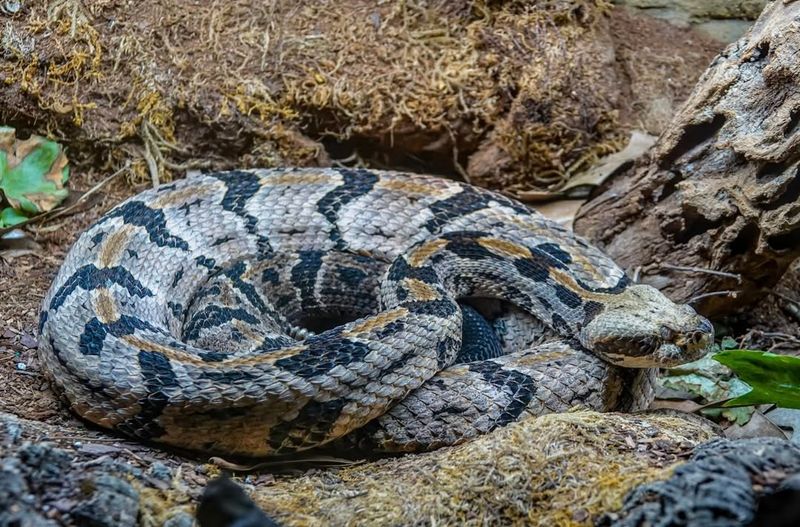
Roaming the rugged terrains of the eastern United States, the Timber Rattlesnake is an emblem of the Appalachian wilderness. With its rugged appearance and distinct rattle, this snake commands respect from hikers and nature lovers alike.
Found in forests and rocky outcrops, the Timber Rattlesnake is a master of patience, often lying in wait for unsuspecting prey. Its venom is potent, capable of immobilizing its catch with precision. Despite its fearsome capabilities, this snake prefers a life of solitude, avoiding unnecessary confrontations with humans.
For those treading the Appalachian trails, knowledge is key. Understanding the behavior and habitats of the Timber Rattlesnake ensures a safe and enjoyable adventure. This snake, with its impressive adaptability, is a reminder of the wild beauty and hidden threats that nature holds in its embrace.
14. American Copperhead
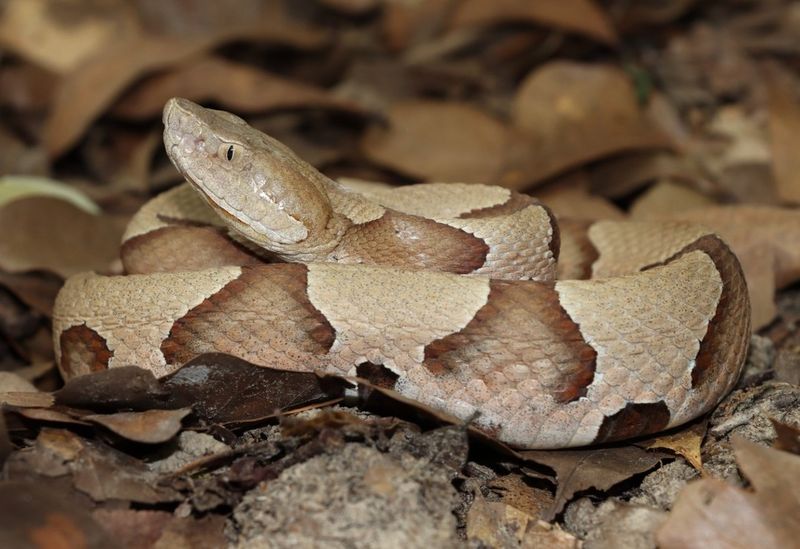
With a name as striking as its appearance, the American Copperhead is a snake whose beauty is matched only by its potential danger. Recognizable by its copper-colored head and hourglass patterns, this snake is a common resident of the eastern United States.
Preferring woodlands and rocky hills, the Copperhead is often found basking in the sun or lying in wait for prey. Its venom, though not usually fatal to humans, can cause significant pain and swelling. This snake is slow to strike, relying on its camouflage to evade detection.
For outdoor enthusiasts, learning to identify the Copperhead is essential. Respecting its space and observing from a distance allows for peaceful coexistence. Though it may be more common than some of its venomous counterparts, the American Copperhead is a reminder of the grace and danger intertwined in nature.
